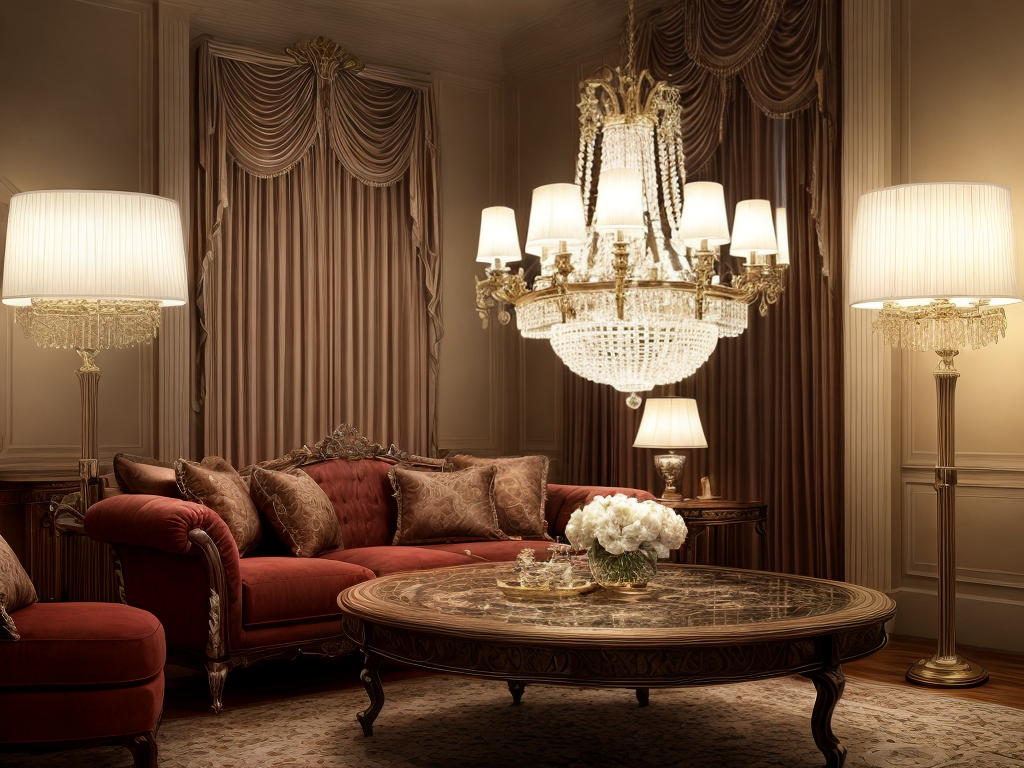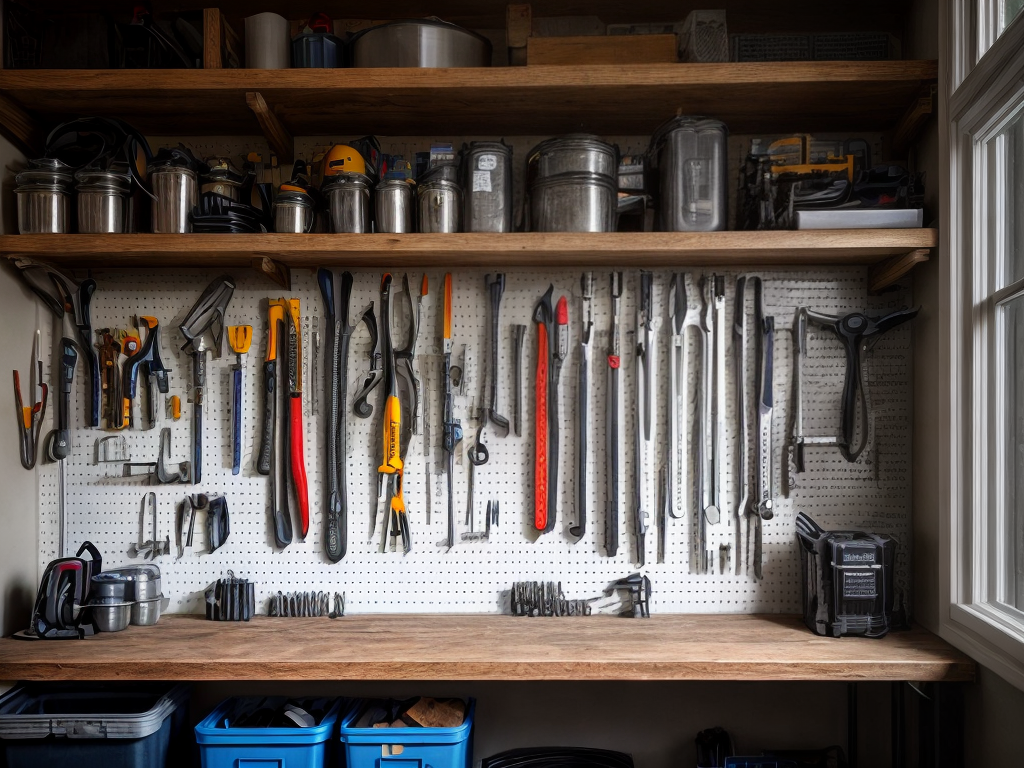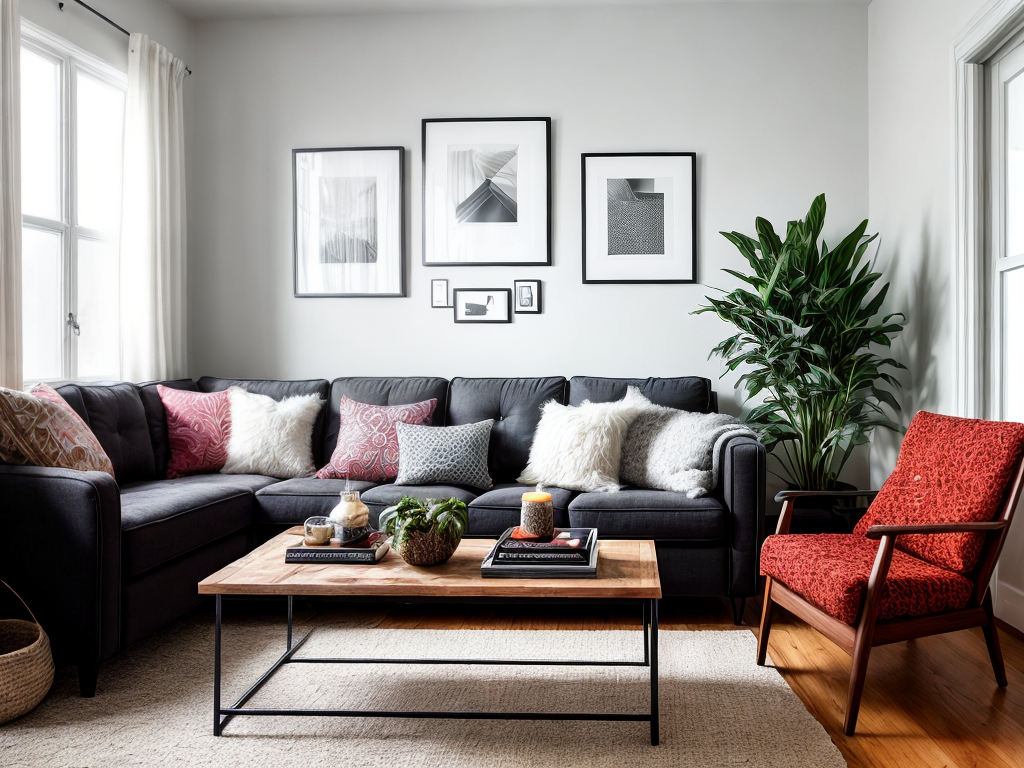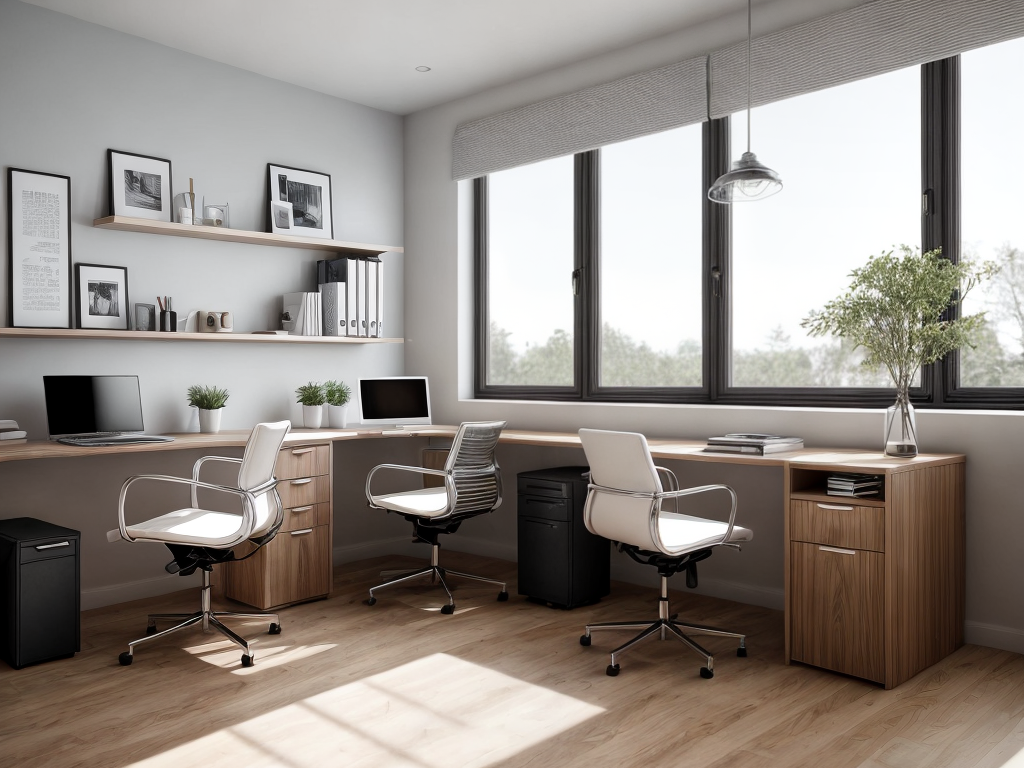
Understanding the Impact of Lighting, choosing the right fixtures, and layering light for depth and dimension are crucial elements in creating the perfect ambiance in your home. As a professional lighting designer, I will guide you through the process of setting the mood through lighting, ensuring that your space exudes the desired atmosphere and enhances your overall experience. By utilizing the right techniques and considering factors such as color, temperature, and scene creation, you’ll be able to transform your home into a haven of tranquility, romance, or productivity. Let’s explore the fascinating world of lighting design and discover how it can transform your living space into something truly extraordinary.
Understanding the Impact of Lighting
Understanding the impact of lighting is crucial in creating a well-designed and functional space in your home. Proper lighting techniques can transform a room, enhancing its aesthetics and improving its functionality. One of the most important aspects of lighting design is the use of natural light. Natural light not only illuminates a space but also provides a sense of openness and connection to the outdoors. It can make a room feel more spacious and inviting, creating a warm and welcoming atmosphere.
To maximize the impact of natural light, it is important to consider the orientation and placement of windows in your home. South-facing windows, for example, provide abundant sunlight throughout the day, making them ideal for living areas and workspaces. East-facing windows, on the other hand, allow for a soft and gentle morning light, perfect for bedrooms and breakfast nooks.
In addition to natural light, the strategic use of artificial lighting can greatly enhance the ambiance of a room. Different lighting fixtures, such as chandeliers, pendant lights, and wall sconces, can create various moods and focal points. Task lighting, such as under-cabinet lights in the kitchen or desk lamps in a home office, can provide focused illumination for specific activities.
Choosing the Right Lighting Fixtures
When choosing the right lighting fixtures for your home, it is crucial to consider both functionality and aesthetics. Lighting placement plays a significant role in creating the desired ambiance and highlighting the architectural features of your space. To help you make informed choices, here is a table showcasing different lighting fixtures and their recommended uses:
| Fixture | Recommended Use |
|---|---|
| Chandeliers | Focal point in entryways, dining rooms, and living rooms |
| Pendant Lights | Over kitchen islands and dining tables for task lighting |
| Wall Sconces | Accent lighting in hallways, bedrooms, and bathrooms |
| Recessed Lights | General lighting for overall illumination in any room |
When considering lighting aesthetics, think about the style and design of your home. Modern fixtures with clean lines and sleek finishes work well in contemporary spaces, while ornate fixtures with intricate details can enhance a traditional or vintage theme. Additionally, don’t forget about energy efficiency. LED fixtures are a great choice as they consume less energy and have a longer lifespan.
Ultimately, the right lighting fixtures can transform your home by providing both functionality and enhancing its overall aesthetics. Take the time to explore various options and choose fixtures that align with your vision and complement your space’s unique style.
Layering Light for Depth and Dimension
Now let’s explore how layering light can add depth and dimension to your home’s overall lighting design. When it comes to creating a well-balanced and inviting atmosphere, it’s important to understand the difference between ambient and task lighting. Ambient lighting provides overall illumination to a space, while task lighting focuses on specific activities or areas. By incorporating both types of lighting, you can create layers that not only serve functional purposes but also enhance the aesthetic appeal of your home.
One way to layer light is by utilizing natural light. Take advantage of windows, skylights, or glass doors to bring in natural daylight. Natural light not only illuminates your space but also creates a sense of openness and warmth. To complement natural light, you can use ambient lighting fixtures such as recessed lights, chandeliers, or pendant lights. These fixtures provide a soft and diffused glow that fills the room.
In addition to ambient lighting, task lighting plays a crucial role in layering light. Task lighting fixtures, such as desk lamps, under-cabinet lights, or reading lights, are designed to provide focused illumination for specific activities. By strategically placing task lighting in areas where you need it the most, you can create visual interest and highlight certain features in your home.
Using Color and Temperature to Set the Mood
To create the desired mood in your home, utilize color and temperature to set the ambiance. Lighting has a profound psychological effect on our emotions and can greatly enhance the atmosphere of a space. By understanding the impact of color and temperature on our mood, we can effectively use lighting to create the desired ambiance in each room.
Color plays a crucial role in setting the mood of a space. Warm colors like red and orange evoke feelings of warmth, energy, and intimacy, making them ideal for social areas like the living room or dining room. On the other hand, cool colors like blue and green promote a sense of calmness and relaxation, making them perfect for bedrooms and bathrooms.
Temperature, or the level of warmth or coolness of light, also influences our mood. Warm light with a yellowish hue creates a cozy and inviting atmosphere, while cool light with a bluish tone feels more energizing and refreshing. By adjusting the color temperature of your lighting fixtures, you can easily transform the mood of a room.
In addition to setting the overall mood, lighting can also be used to enhance artwork. By strategically placing spotlights or track lighting, you can draw attention to specific pieces and create a focal point in the room. This not only adds visual interest but also elevates the overall aesthetic appeal of the space.
Creating Different Lighting Scenes
I will now discuss how to create different lighting scenes in your home. By using various lighting techniques, you can customize the ambiance to suit your mood and needs. Here are three ways to achieve different lighting scenes:
-
Layered Lighting: This involves using a combination of different light sources, such as overhead fixtures, table lamps, and accent lights. By placing lights at different heights and angles, you can create depth and texture in a room. This technique is especially effective in living rooms and bedrooms.
-
Dimmers: Installing dimmer switches allows you to adjust the brightness of your lights, creating a cozy or romantic atmosphere. You can easily transition from bright task lighting to soft ambient lighting with just a flick of a switch.
-
Smart Lighting Systems: With the advancement of technology, you can now control your lights using your smartphone or voice commands. Smart lighting systems allow you to program different lighting scenes for different activities, such as watching a movie or hosting a dinner party.
Tips for Effective Lighting Design
With a solid foundation in creating different lighting scenes, it is essential to now explore tips for effective lighting design in your home. One important aspect to consider is the use of lighting control systems. These systems allow you to easily adjust the intensity and color of your lights, creating the perfect ambiance for any occasion. Whether you want a cozy atmosphere for a romantic dinner or a bright and energizing space for a lively gathering, lighting control systems give you the flexibility to customize your lighting to suit your needs.
Another key tip is to incorporate natural light into your lighting design. Natural light not only adds a beautiful and refreshing element to your space but also helps to reduce energy consumption. Position your furniture and windows strategically to maximize the amount of natural light that enters your home. You can also use light-colored curtains or blinds to allow more sunlight in during the day.
Additionally, it is important to consider the functionality of your lighting design. Think about the different activities that will take place in each room and choose lighting fixtures accordingly. For example, task lighting is essential in areas where you will be reading or working, while ambient lighting is perfect for creating a relaxing environment in your bedroom.





